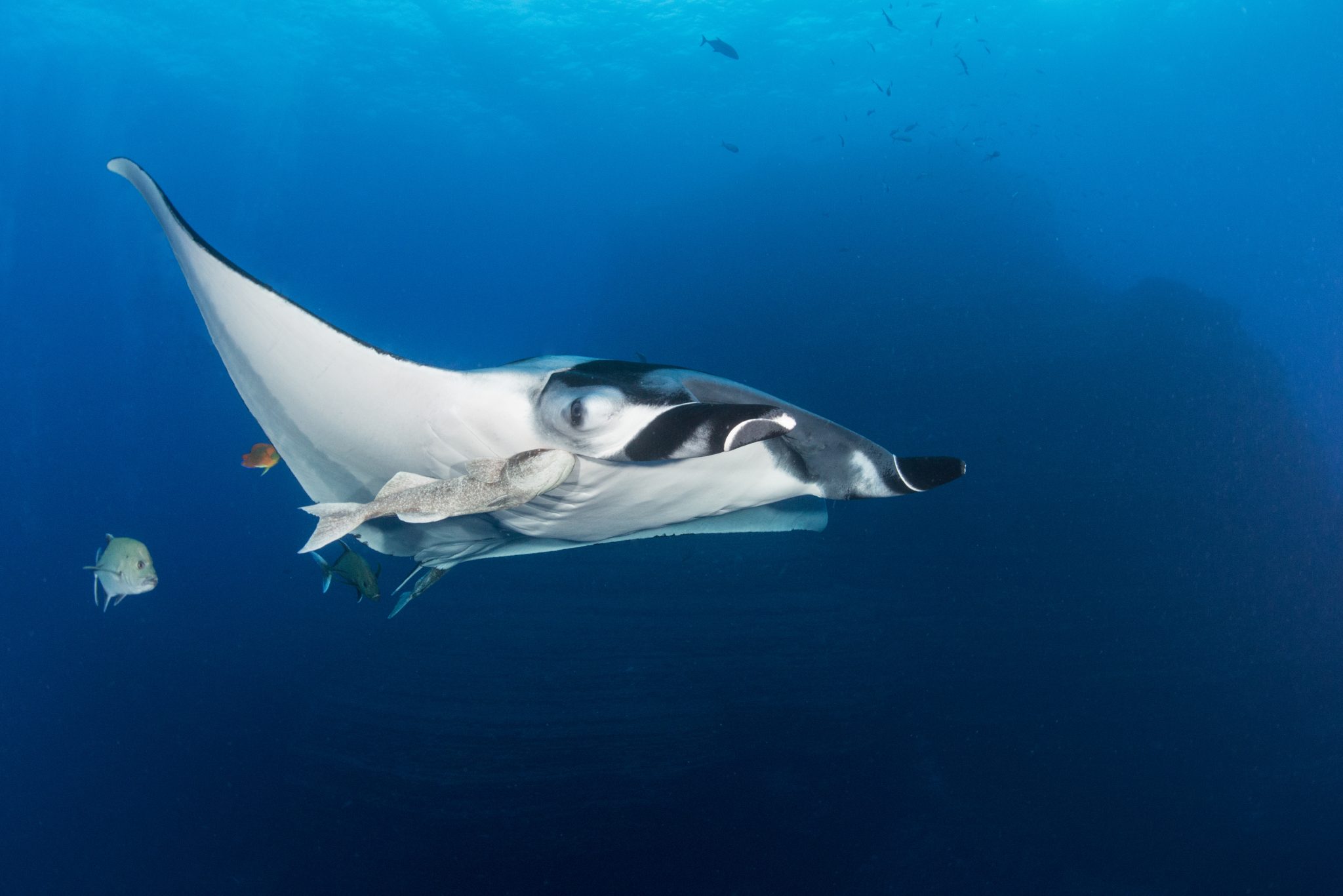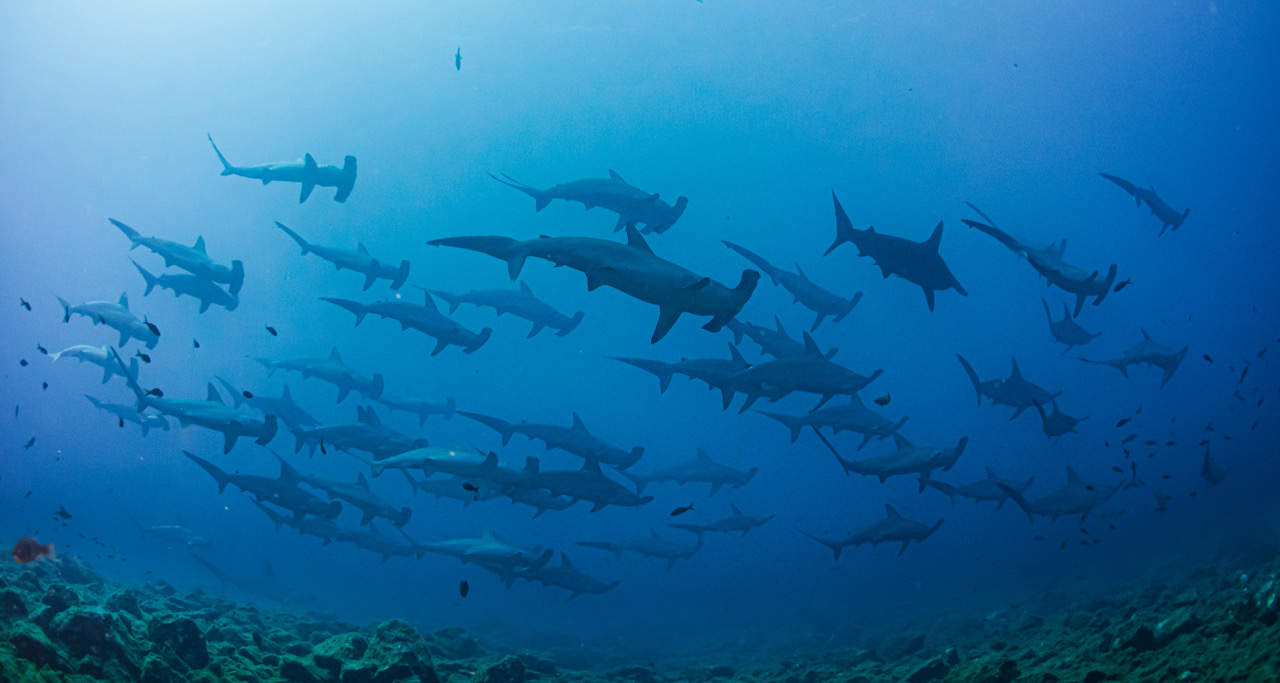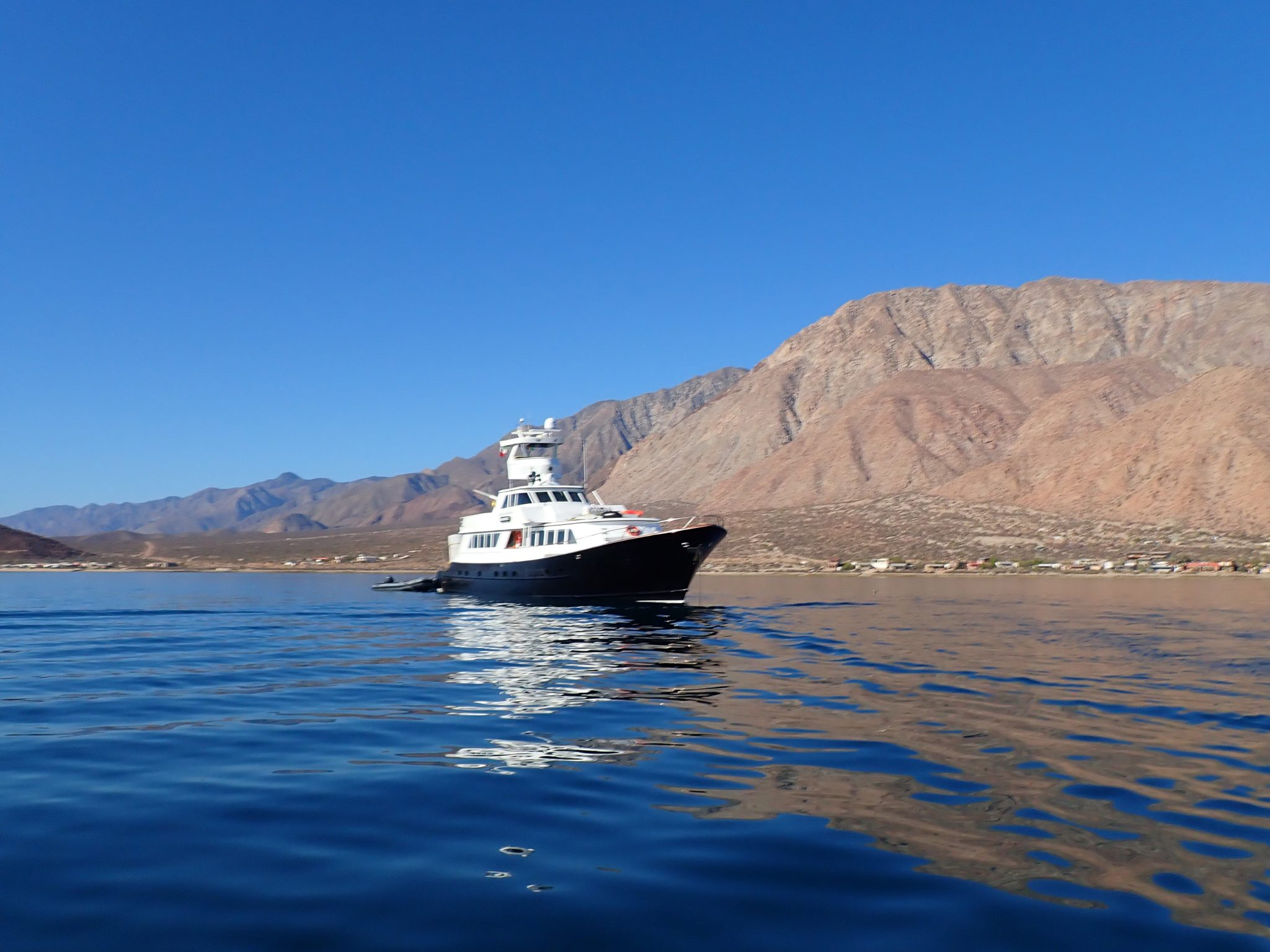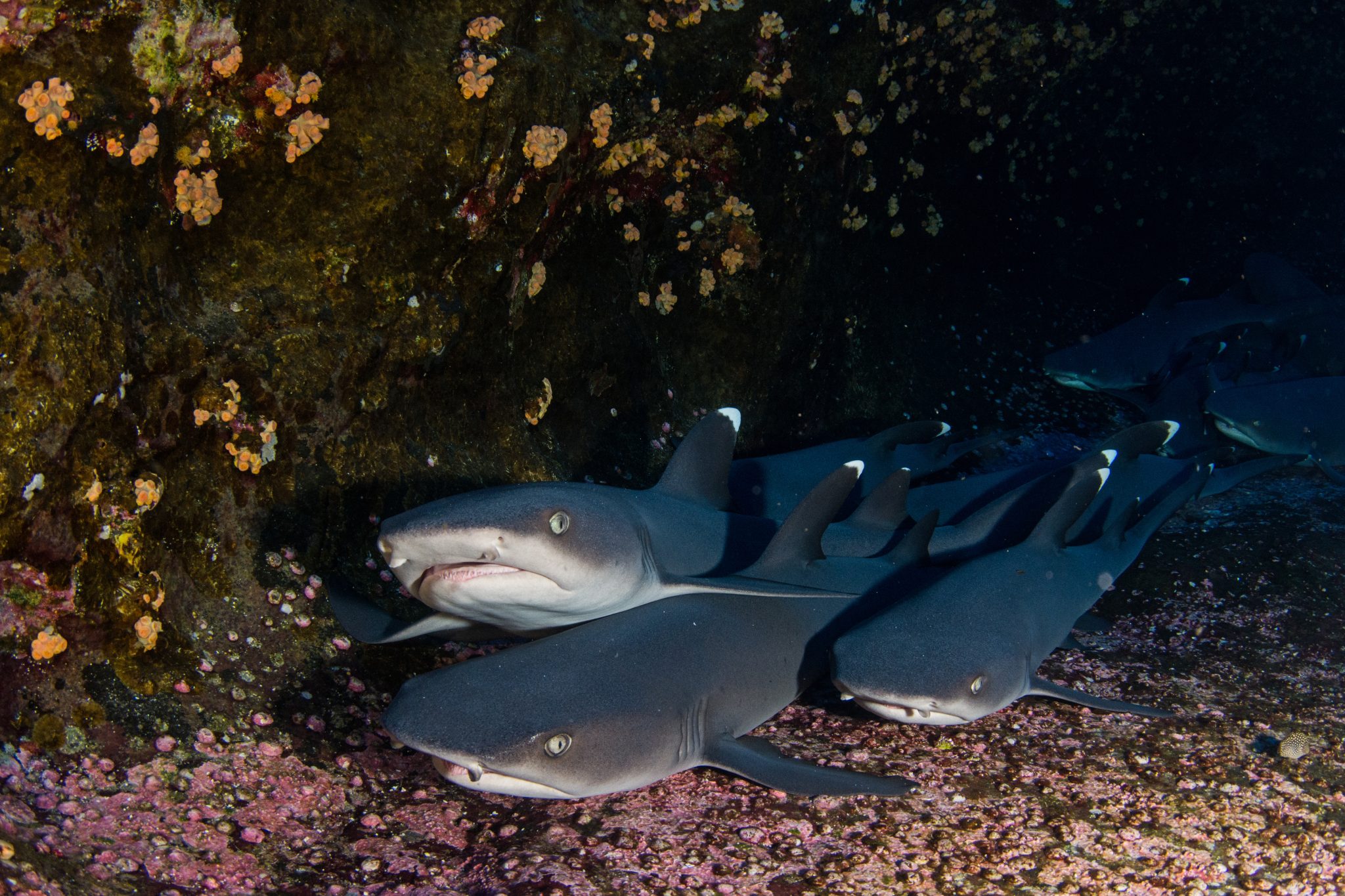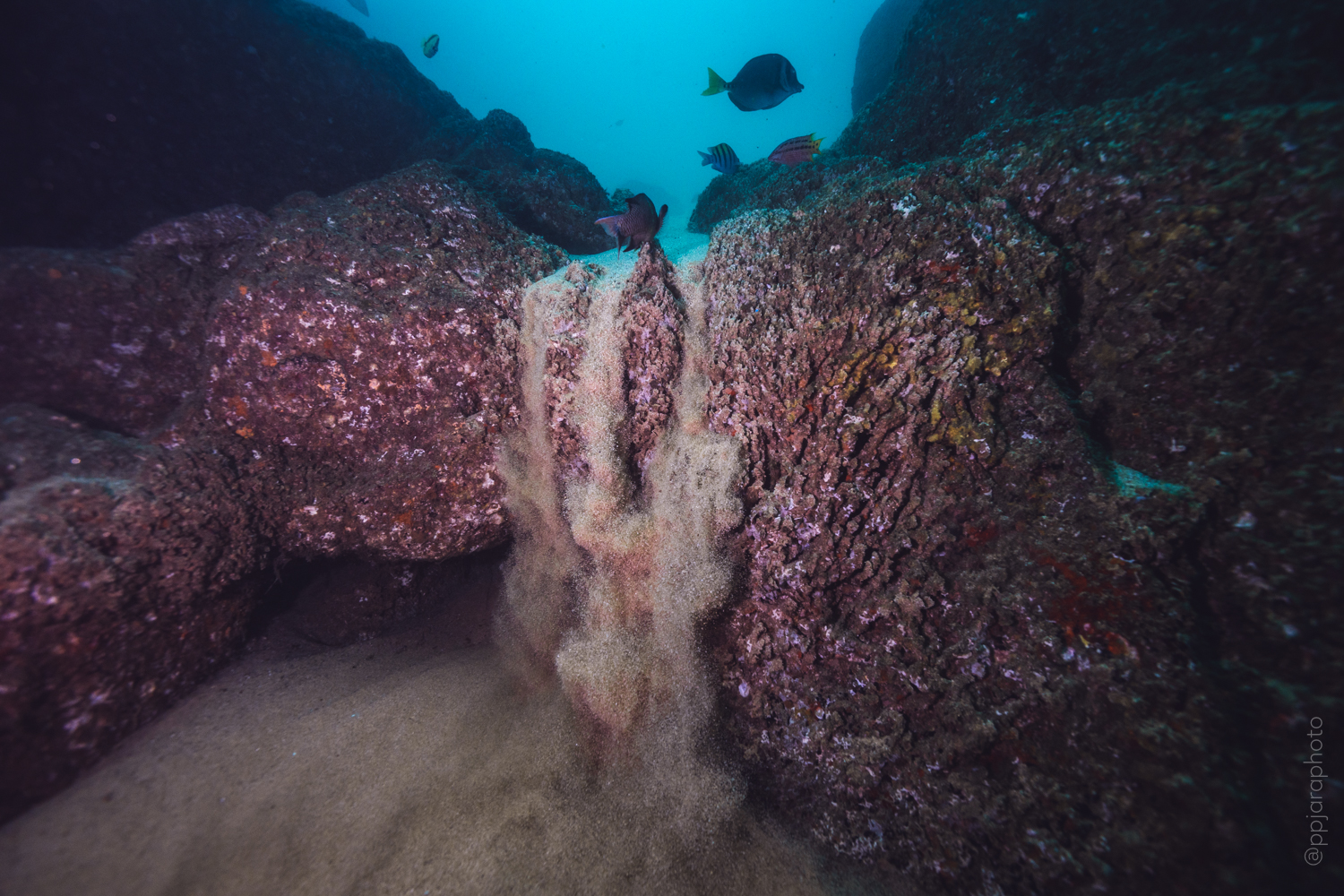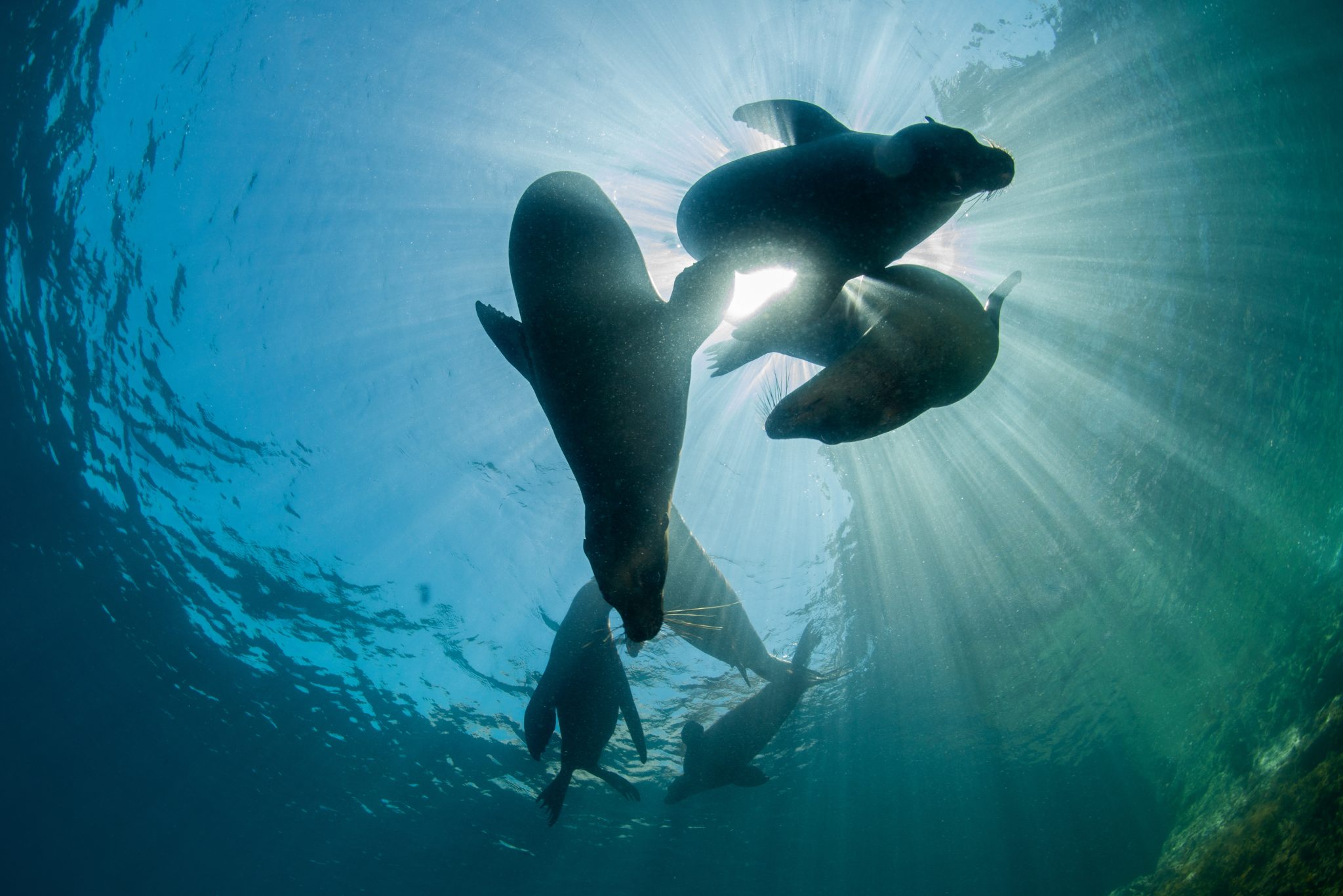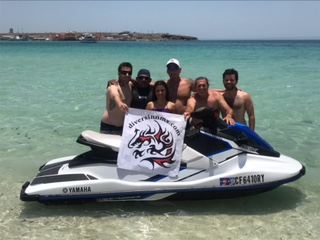Cabo Private Guide provides a unique private dive guide experience not yet seen in other worldwide locations. Whether you are an individual, a couple, or a family, you will be allocated a private dive guide for any half-day tours leaving from Cabo San Lucas marina. Not only that, our expert dive guides must have a minimum of 25 instructional certifications Read more...
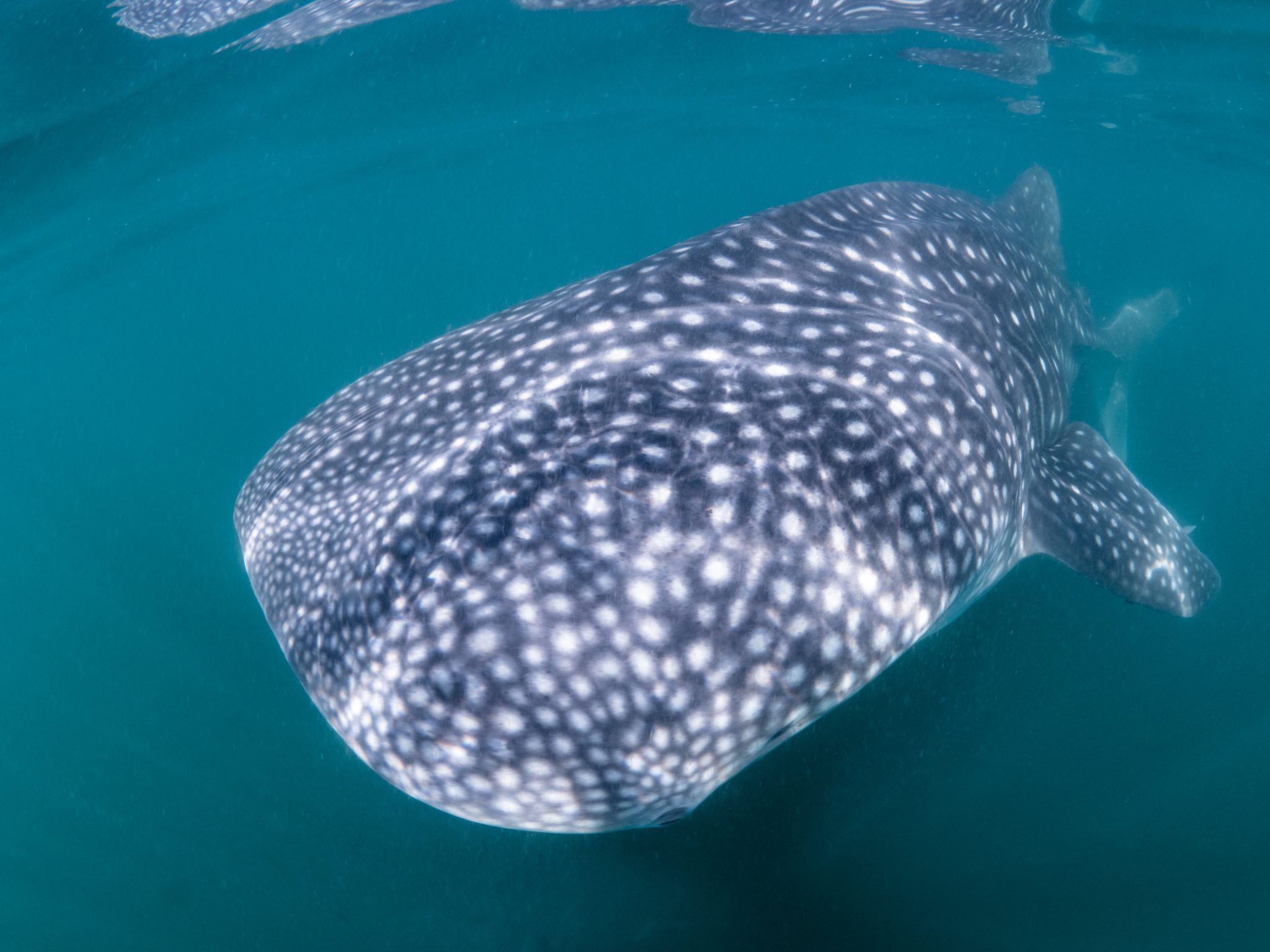

Overview
Fact File
| Capital | Mexico City |
| Population | 128,500,000 |
| Languages | Spanish and 68 Amerindian languages
|
| Time | GMT -5 to -8
|
| International Dialling Code | +52 |
| Money | Mexican Peso (MXN) |
| Air Temperature (average) | 20°C – 32°C |
| Water Temperature (average) | 18°C – 30°C |
| Tourist Board | |
| International Airports | Mexico City (MEX), Cancun (CUN), Guadalajara (GDL), Monterrey (MTY), Tijuana (TIJ), Los Cabos (SJD), Puerto Vallarta (PVR), Merida (MID), Del Bajio (BJX), Culiacan (CUL), Hermosillo (HMO), Chihuahua (CUU), Ciudad Juarez (CJS), Tuxtla Gutierrez (TGZ), Veracruz (VER), Villahermosa (VSA), Oaxaca (OAX), Mexicali (MXL), Queretaro (QRO), Mazatlan (MZT) and La Paz (LAP). |
About The Diving
Mexico has coastlines on the Pacific Ocean, Gulf of California, Gulf of Mexico and the Caribbean Sea. Within these seas are over 2000 square miles of islands including Guadalupe Island and Soccoro Island, famous for its pelagic life. With so much coastline, Mexico has a wealth of excellent diving and huge diversity of sites from subterranean Cenotes, drift dives, coral reefs, shark diving galore, crocodile encounters in Xcalak, wreck diving and numerous pelagic hotspots. Whatever you’re after, there is a dive site to suit. Plus with the array of on land activities there is fun for all the family, divers and non-divers alike.
Video
Dive Highlights
Cozumel
Cozumel Island is in the Caribbean Sea off Mexico’s northeast coast, easily accessible from Cancun and Playa del Carmen. The barrier reef is a colourful aquarium of life. Easy drift dives are the norm here, with vibrant coral, 260 species of fish, sponges, turtles, eagle rays and the odd reef shark to keep divers entertained. The marine park on the southern end of the island has particularly healthy reefs with walls and swim throughs. The water is warm year-round and it has sites suitable for all experience levels. Cozumel is also a popular tourist resort with plenty of activities for non diving days.
Isla Holbox & Isla Mujeres
Isla Holbox is famous for its feeding whale sharks, that gather through the summer months. Snorkelling tours offer a great chance to see these stunning creatures. During the winter, sailfish, the fastest fish in the ocean, appear in vast numbers around the nearby Isla Mujeres. Both these locations are easily accessible from Cancun.
Cenotes
The Yucatan peninsula has the Riviera Maya, the longest, most complex system of underwater caves on the planet, made accessible to divers by a series of sink holes, known as cenotes, dotted through the jungle.
Tulum is the best base for diving here. Local dive companies can take divers on guided tours of some stunning cenotes, where safe trails are laid out so beginners, snorkelers and experienced divers alike can experience these incredible underwater cathedrals. For experienced cave divers there is the opportunity to explore beyond the set trails. The water is crystal clear and 25°C year-round. Tulum has many excellent resorts and attractions, such as the nearby Mayan ruins which make a perfect day trip for off-gassing before flying home.
Chinchorro Banks
American crocodiles can be encountered at Bancho Chinchorro Marine Reserve, the largest coral atoll in the northern hemisphere, a 90 minute boat trip from the small fishing port of Xcalak. The carefully managed dives give some incredible photo opportunities, while there are also 9 wrecks and vibrant reefs packed with fish life to enjoy here. You may even spot a manatee grazing on the seagrass beds.
Northern Sea of Cortez
The Sea of Cortez is a UNESCO World Heritage Site. With the northern end isolated from the Pacific Ocean, a unique habitat has been created that supports a huge abundance of life. Dolphins, whale sharks, sea lions and a resident pod of fin whales call this area home. When not distracted by the big stuff, the macro life also puts on an impressive show here with some incredibly vibrant nudibranchs. There is diving here for all levels.
La Paz & Espirito Santo
During October and November, whale sharks visit La Paz Bay to feed on the rich plankton blooms, while offshore seamounts have some excellent pelagic life. Nearby, a colony of California sea lions call the rock islets north of Esparto Santo Island home; these playful pinnipeds make any dive in this area great fun. With shallow depths and plenty of fish to see in between sea lion encounters, it’s a great site for beginners.
Cabo San Lucas Marine Reserve
The Bay of Cabo San Lucas is an incredibly unique place to dive as this is where the Sea of Cortez meets the Pacific Ocean. There are many dive sites to choose from, with most beginning on a sandy shelf at the top of a canyon wall. The shallower areas make great beginner and open water level dives, while the deeper parts of the canyon offer impressive ‘sandfalls’: a phenomenon where sand tumbles as a waterfall does when the edges of the canyon wall start to overhang.
At the famous arch of Cabo San Lucas, you can often swim with sea lions on a 40ft dive under the colony. A channel connects the Sea of Cortez to the Pacific Ocean here and is an exciting, varied dive. A shipwreck greets divers passing to the Pacific: ‘The Lundberg’ went down in the 50’s and now lies scattered as a home for an abundance of aquatic life.
At the very southern point of Baja California it’s possible to dive Land’s End. This is a large submerged pinnacle covered in purple fan coral and barnacles, and packed with fish life.
Gordo Banks Deep Water Pinnacle : Hammerhead Dive
One of the most exciting places to dive in Cabo! It’s possible to see large aggregations of sharks, schools of tuna, humpback whales, mobula rays and more big life only usually found further into the blue. But Gordo Banks is a hit and miss dive and the currents can be unpredictable. If everything come together, this is an amazing dive!!
The Corridor Area and The Sea of Cortez
Leaving from San Lucas Marina, the boat travels 30 minutes north into the Sea of Cortez for dives in the Corridor. Here you can dive at ‘blow hole’: a deeper dive with interesting topography, swim throughs and rock formations. Sometimes there is a stop at whale head where it is common to see groups of eagle rays on the reef. There are six more sites to choose from and typically you can see lots of snapper, pork fish, jacks, grouper, reef shark, turtles and rays.
Cabo Pulmo
This marine park and UNESCO World Heritage site at the southernmost tip of Baja California shows the amazing success protected areas can have when local fisherman and conservationists work together. The fish biomass in this area has increased over 450% in 10 years and as such is a great place to dive. The huge variety fish species is amazing and this area is also one of the most accessible places to see a fish tornado! There are sites here suitable for all divers.
Revillagigedo Islands
Home to the famous Socorro Islands UNESCO World Heritage Site, the diving here is known for big pelagics, including dolphins, humpback whales, sharks, manta rays and large game fish. The walls and pinnacles here experience currents, where exciting and demanding diving can give divers encounters with an impressive array of megafauna. The area is most suitable for experienced divers and is accessible only via liveaboard. The 24 hour crossing can be rough, but you will be rewarded with diving on par with the Galapagos and Cocos Island.
Guadalupe Island Biosphere Reserve
Isla Guadalupe in a volcanic island 150 miles off the West coast of Baja California. This is one of the best places in the world to see great white sharks. Accessible via liveaboard, it is a 18 hour crossing from Ensenada. Most trips are 5 days, with 3 days in the water. Sharks show up in July and stay until February, with the peak diving season in October. Over 200 individual animals are known to frequent this area. In 2022, the authorities closed the reserve to liveaboards from August until December to collect data to ensure the adoption of best practices for sustainability for the future. While preserving this special place is incredibly important, divers should be careful to check that their trip can go ahead when planned and that any trips impacted by reserve closures are refundable.
When To Go
Cancun area: Year round; whale sharks June – September; Sailfish mid December – mid March.
Northern Sea of Cortez: July to December calmest seas and best vis; whale sharks July – August.
Southern Sea of Cortez: October – November.
Socorro: November – May has the best weather and calmer seas; November – December are good for whale sharks; January – February humpback whales migrate through the Revillagigedo archipelago.
Isla Guadalupe: August – October.


